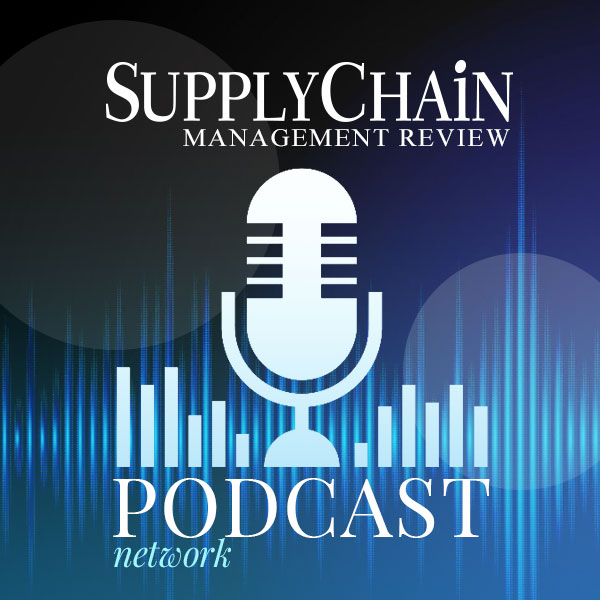On the heels of a strong January performance, non-manufacturing activity in February kept the momentum going, according to the results of the Institute for Supply Management’s February edition of the NMI, its index for measuring the sector’s overall health.
The January NMI—at 57.3—is up 0.5 percent over January and is at its highest level since reaching 58.3 in January 2011. A reading above 50 represents growth. The February ISM Manufacturing Report on Business, which was released last week, was down 1.7 percent at 52.4.
Three of the core metrics for the report showed growth from January to February. Business Activity/Production was up 3.1 percent at 62.6, and New Orders were up 1.8 percent at 61.2. Employment dipped 1.7 percent to 55.7.
“Things are growing at a good rate so far into 2012, but we need to see how things pan out with the employment picture,” said Tony Nieves, chair of the ISM’s Non-Manufacturing Business Survey Committee, in an interview. “With these strong Business Activity and New Orders numbers, I think if this continues the employment picture will have to change, because the capacity is not there right now and more jobs will need to be added. We will have to wait and see.”
While the NMI has shown slow and steady growth over the past two and a half to three years, Nieves said at the same time it has been hindered by slow employment and overall slow incremental growth.
But these indices have shown a stronger level of growth over the last two months to start 2012, as higher consumer confidence is occurring as a result of improved employment data, due to increases in discretionary spending for things like automobiles, coupled with an uptick in housing starts, said Nieves.
“The key thing is to see how sustainable this is,” explained Nieves. “This does not look like a head fake, but you want to make sure it is not. It still has not given us a long trend here. But we have seen steady employment growth in 2012 along with New Orders growth, which is what’s in the queue. The future rate of growth may not be as strong, but it may be better than what we have seen in the past.”
The strong start to the year was noted in some of the ISM NMI survey respondents comments, too, with a wholesale trade respondent noting that demand is gradually increasing for most business sectors, and an information services respondent highlighting annual and monthly growth is continuing, while market conditions improve dramatically. But an educational services respondent cautioned that he is bracing for the impact of fuel price increases on delivered commodity prices.
Nieves noted that oil and fuel prices and what is happening in other global markets have the potential to impact U.S. business activity and needs to be monitored.
February Inventories rose 6.5 percent to 53.5.
“I think that number is going to go up; it has to at least based on the New Orders activity we are seeing,” said Nieves. “This increase is due to replenishment. Companies were using existing inventories and trying to keep them close, but they burned through them. That is why Supplier Deliveries [down 1.5 percent to 49.5 in February] did not slow down much as inventories were taken off the shelves and deliveries were not impacted by a slowing down. I anticipate that for March we will see inventories increase and deliveries slow down.”
February Prices moved up 4.9 percent to 68.4, following a 1.5 percent gain in January. Fuel prices, said Nieves, have a direct impact on commodity costs, especially in non-manufacturing, which bears less of the raw materials costs than manufacturing does. This is due to the fact that non-manufacturing involves more finished goods which depend on trucking as they do in the wholesale and intermediary arenas, which adds to non-manufacturing supply chain expenses.
February’s Backlog of Orders moved up 3.5 percent to 53.0, which is directly related to New Orders gains, said Nieves.
Looking ahead to March, Nieves said the March NMI could be similar to February’s or come in at a slightly higher level.
“This is due to Business Activity and New Orders levels,” he said. “I thought we might see a bit of a lull from January to February, but it does not look that way right now.”
SC
MR

More Institutions
- The Fulfillment Center Transformation: Paving the Way to the Future
- Kearney unites research efforts under Supply Chain Institute
- MIT’s Center for Transportation & Logistics hosting special Crossroads conference
- Air Force Institute of Technology releases free “Blockchain for Supply Chain” Tools
- ISM 2018: Institute for Supply Management Announces R. Gene Richter Scholarship Recipients
- Institute for Supply Management Unveils New CPSM Exam Content and Learning System
- More Institutions
Latest Podcast

 Explore
Explore
Topics
The Academy News
- AI, virtual reality is bringing experiential learning into the modern age
- Predicting stockouts: Enhancing FMCG resilience through data-driven insights
- Finding the Right Approach for Supply Chain Education
- The Supply Chain Triad
- Innovating Supply Chain Higher Education with Generative AI
- How Smart Supply Chain Management Boosts Brand Identity
- More The Academy
Latest Academy Resources

Subscribe

Supply Chain Management Review delivers the best industry content.

Editors’ Picks




